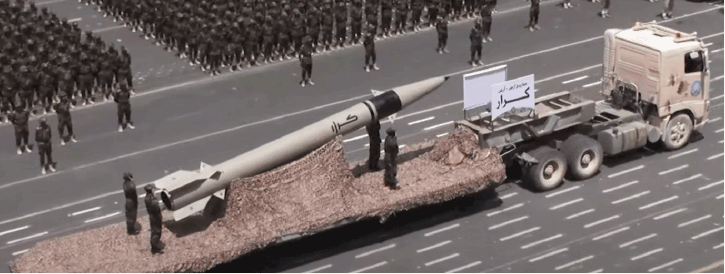
New ballistic, cruise and loitering missiles were shown by the Houthis in the recent military parade in Sanaa, Yemen. Among the new missiles were several types of precision-guided ballistic missiles, capable of attack at ranges from 300 to 1,400 km, carrying warheads weighing up to half a ton. All missiles are believed to be Iranian designed, they were likely delivered to Yemen as pre-assembled or knocked down kits.

Subscribe to read the full version
More posts related to this topic:
- Houthi’s New Naval Weapons Extend Their Reach 200 nm into the Gulf of Aden
- Houthi’s Display a New Cruise Missile: Quds-3
- New Ballistic Missiles Displayed at the Houthi’s Military Parade
-
Yemeni Houthis Display Iranian Drones and Loitering Missiles




















